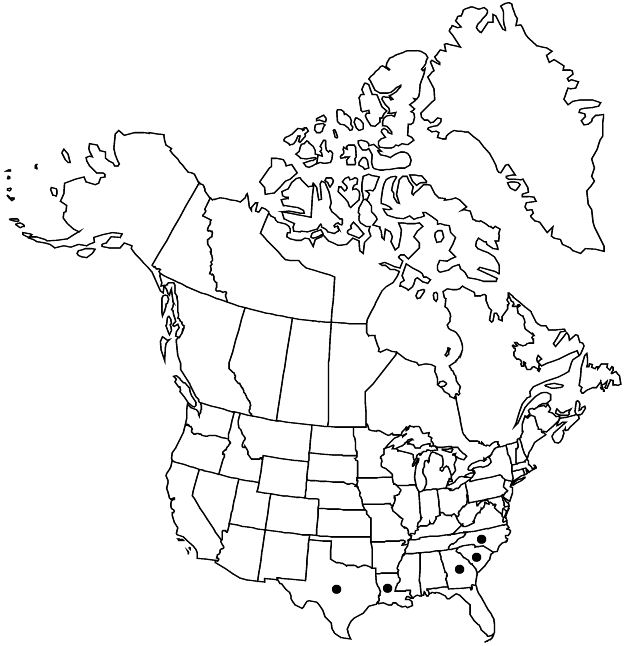Difference between revisions of "Tamarix canariensis"
Abh. Königl. Akad. Wiss. Berlin 1812 – 1813: 79. 1816.
Common names: Canary Island tamarisk
Introduced
imported>Volume Importer |
imported>Volume Importer |
||
| Line 53: | Line 53: | ||
|publication year=1816 | |publication year=1816 | ||
|special status=Introduced | |special status=Introduced | ||
| − | |source xml=https:// | + | |source xml=https://bitbucket.org/aafc-mbb/fna-data-curation/src/2e0870ddd59836b60bcf96646a41e87ea5a5943a/coarse_grained_fna_xml/V6/V6_786.xml |
|genus=Tamarix | |genus=Tamarix | ||
|species=Tamarix canariensis | |species=Tamarix canariensis | ||
Latest revision as of 22:23, 5 November 2020
Shrubs or trees, to 5 m. Leaves: blade lanceolate, 1.5–2.5 mm. Inflorescences 1.5–5 cm × 4–5 mm; bract reaching or exceeding calyx tip. Flowers 5-merous; sepals 1.5–1.8 mm, margins denticulate; petals obovate, 1.2–1.5 mm; antisepalous stamens 5, filaments confluent with nectar disc lobes, all originating from edge of disc.
Phenology: Flowering spring–summer.
Habitat: Ocean shorelines, riverways, sandy soil
Elevation: 0–300 m
Distribution

Introduced; Ga., La., N.C., S.C., Tex., s Europe (Sardinia, Sicily), n Africa (Tunisia), Atlantic Islands (Canary Islands).
Discussion
Tamarix canariensis is morphologically very similar to, and may form hybrids with T. gallica.
Selected References
None.
Lower Taxa
None.